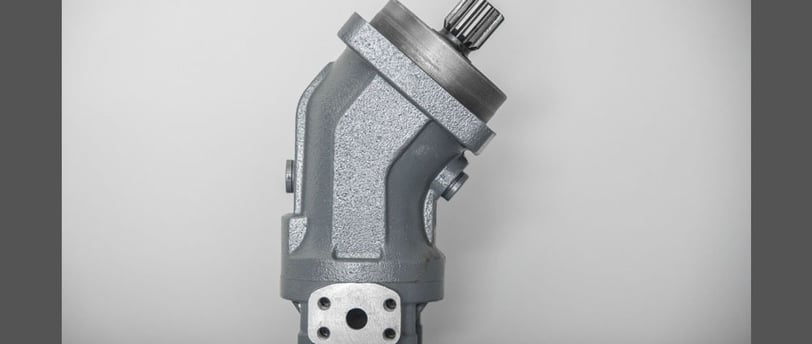Rexroth Piston Pump Selection Guide: Choose the Right Model for Your Application
11/22/20241 min read


Understanding Rexroth Piston Pumps
Rexroth piston pumps are widely used in various applications due to their reliability and efficiency. These pumps are essential in hydraulic systems, converting mechanical energy into hydraulic energy through the use of pistons. When selecting a Rexroth piston pump, it is crucial to understand the specifics of the application, operating conditions, and pump specifications to ensure optimal performance.
Key Factors to Consider in Pump Selection
Choosing the right Rexroth piston pump involves assessing several critical factors. Firstly, consider the flow rate required for your application. This will determine the size and capacity of the pump. Secondly, take into account the operating pressure; different models are designed to handle varying pressure levels. Additionally, it's important to evaluate the fluid type, temperature, and viscosity, as these elements influence pump performance and material selection.
Benefits of Tailoring Your Pump Selection
Selecting the appropriate Rexroth piston pump for your needs not only enhances efficiency but also prolongs the lifespan of the equipment. A well-suited pump minimizes wear and tear and reduces maintenance costs. Furthermore, Rexroth offers a variety of models designed for different environments and applications, ranging from mobile machinery to industrial equipment. Consulting technical documentation and, if necessary, seeking expert advice will help in making a well-informed decision.
In conclusion, the process of choosing the right Rexroth piston pump is multifaceted and requires careful consideration of various criteria. By thoroughly analyzing your application’s requirements and matching them with the characteristics of the different pump models available, you can ensure high efficiency and reliability in your hydraulic systems. Remember, investing the time in selecting the right pump will pay off in the long run, enhancing productivity and reducing operational risks.
